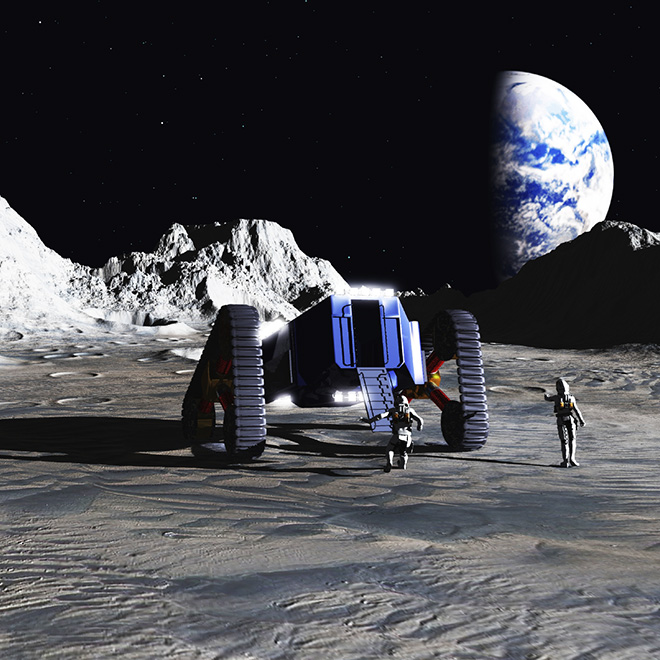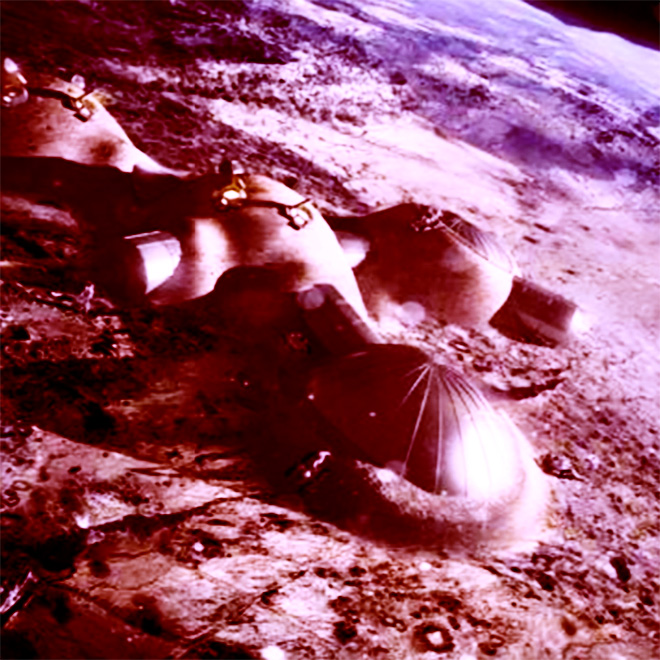
The European Space Agency and Russian Federal Space Agency are planning a mission to explore the south pole of the moon, where there could be a basin of frozen water, claims James Carpenter.
The project is in early stages of what Carpenter called a “B-Phase” or technical design stage. The mission, named Luna-27, is scheduled for 2020 and its objective is to land a probe in the southern polar region, which has since been unexplored. Once there, the mission is to verify the availability of resources such as water and ice and to prepare for a human mission in the future.

According to Carpenter, the ESA is designing a navigation system with utmost precision and minimized risk to guarantee a safe landing, as well as the design of a drill to see the layers beneath the surface and a lab to analyze any findings.
A World Collaboration for Space Exploration
The British astronomer goes on to explain that the objective is to discover new findings and generate more space exploration experience, in addition to validating key technologies that can be shared amongst the international space community. The ultimate goal is to build a bilateral cooperation with Russia for space exploration, and execute scientific investigations.
Moscow discusses this project as a possible first step towards the construction of a permanent base. Expert Iglor Motrofanov adds that the moon has nearly all resources found on Earth, and clarifies that the Luna-27 project is really a continuation of a Soviet space program that was started in 1976.
Hopes for A ‘Moon Village’
Jan Wörner, director of the European Space Agency, comments that this is the time when once again, as it was 43 years ago when man made its first step in lunar surface in 1972, is once again under the eyes of the entire space community. Even though there aren’t any current projects in development for manned missions, the younger community longs for a great worldly collaboration. The idea of a “moon village” is becoming more and concrete and sought after, and the agency is deeply interested to see who is willing to bring forth new ideas and contributions. Word of this moon village goes that it could go as far as replacing the ISS as soon as a decade from now, and the ESA plans to have moon habitats for astronauts as early as 2024.

The south polar region of the Moon doesn’t get much sunlight, making it significantly darker and colder than the rest of the satellite, with temperatures stooping to -365F, and though the US, India and Japan have explored the surrounding area, this mission is going to be the first one to hit the darkest side of the moon.
NASA Has a Similar Project As Well
NASA first announced in 2009 that it had found water basins on the Moon, after an incident where a satellite collided with a lunar crater in the southern pole region. After this discovery, the agency began developing programs to explore the lunar surface. Their mission, Resource Prospector, is set to sail in 2018.

















